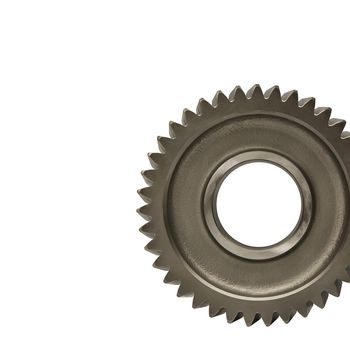
Milling cutters and drill bits are used for processing various materials. Depending on their intended application, they are made from different cemented carbide alloys. In order to determine the quality of the source material, manufacturers of such tools must verify the exact material composition of the hard metal alloy – which requires very precise analysis during the incoming goods inspection.
The cemented carbides most often employed industrially are made by sintering grains of tungsten carbide with a metallic binder, frequently cobalt. Tiny amounts of titanium, tantalum, chromium and/or vanadium carbides are also used; depending on the final composition, these additives significantly influence the material properties – and thus the performance – of the finished material.
Carbides are divided into different ISO classifications based on the industrial application they are best suited for. The “P” class carbides, for example, contain a relatively high proportion of titanium and tantalum carbide (TiC and TaC) and are used for the processing of long-chipping materials such as steel or cast steel. Hard metals of the “K” group contain little to no TiC or TaC; they are preferred for machining short-chipping materials like cast iron, non-ferrous metals, hardened steel, wood or plastic. In addition to the conventional tungsten-carbide-based hard metals, there are those that contain only titanium carbide and titanium nitride as hard materials; these are characterised by very high hardness and wear resistance.
Extensive industrial application has established the non-destructive X-ray fluorescence (XRF) method as superior to chemical analysis for precisely analysing the composition of the respective hard metals. With XRF, the alloy components can be measured quickly and accurately, even at concentrations as low as ~0.1%. Therefore, devices with semiconductor detectors such as the FISCHERSCOPE® X-RAY XDAL® are ideal for clearly delimiting the elements contained in the alloy.
For analysing samples that consist of not only pure elements but also chemical compounds (e.g. carbides), the WinFTM® software provides a ‘components mode’. This makes it possible to measure a number of components, such as WC or TiC and TaC, just like any other element and display them in the results with a measured value for the entire component: no further conversion necessary.
The FISCHERSCOPE® X-RAY XDAL® is perfectly suited for precise alloy analysis of cemented carbides. Employed in the inspection of incoming goods, it enables determination of the composition of hard metals and facilitates rapid and accurate material identification. For more information please contact your local FISCHER representative.